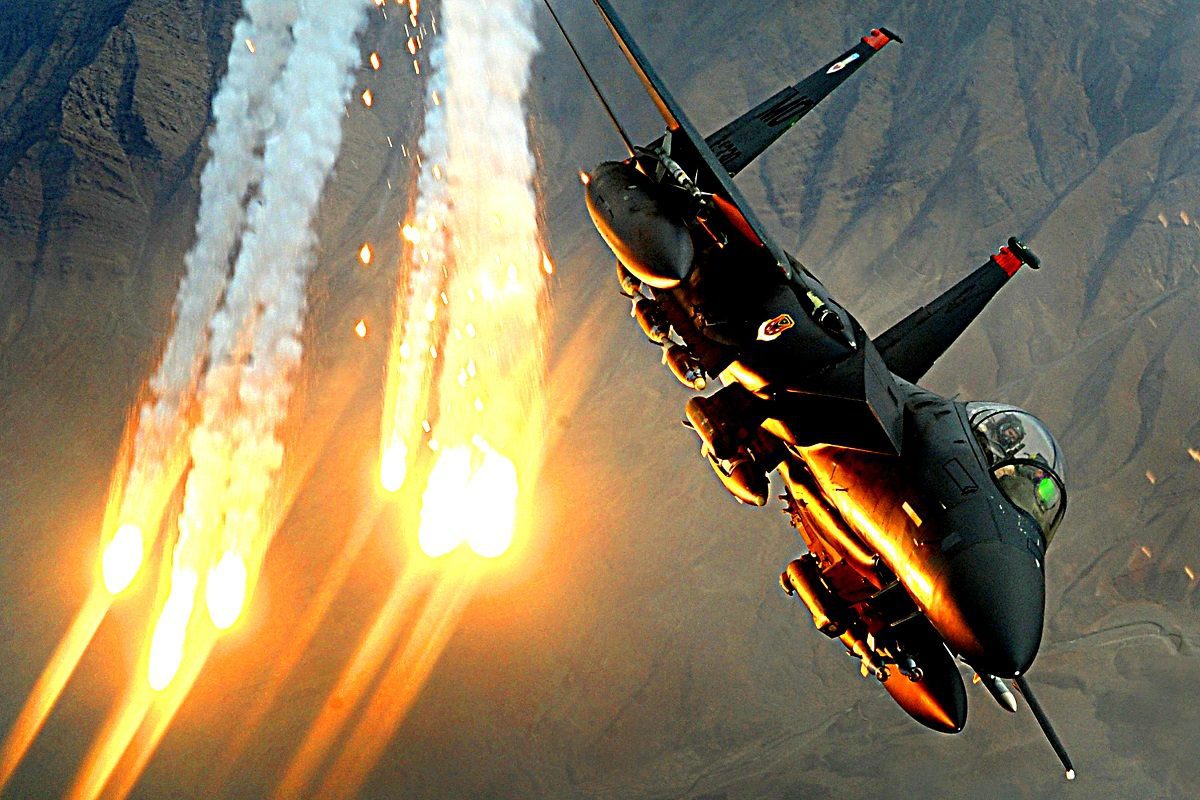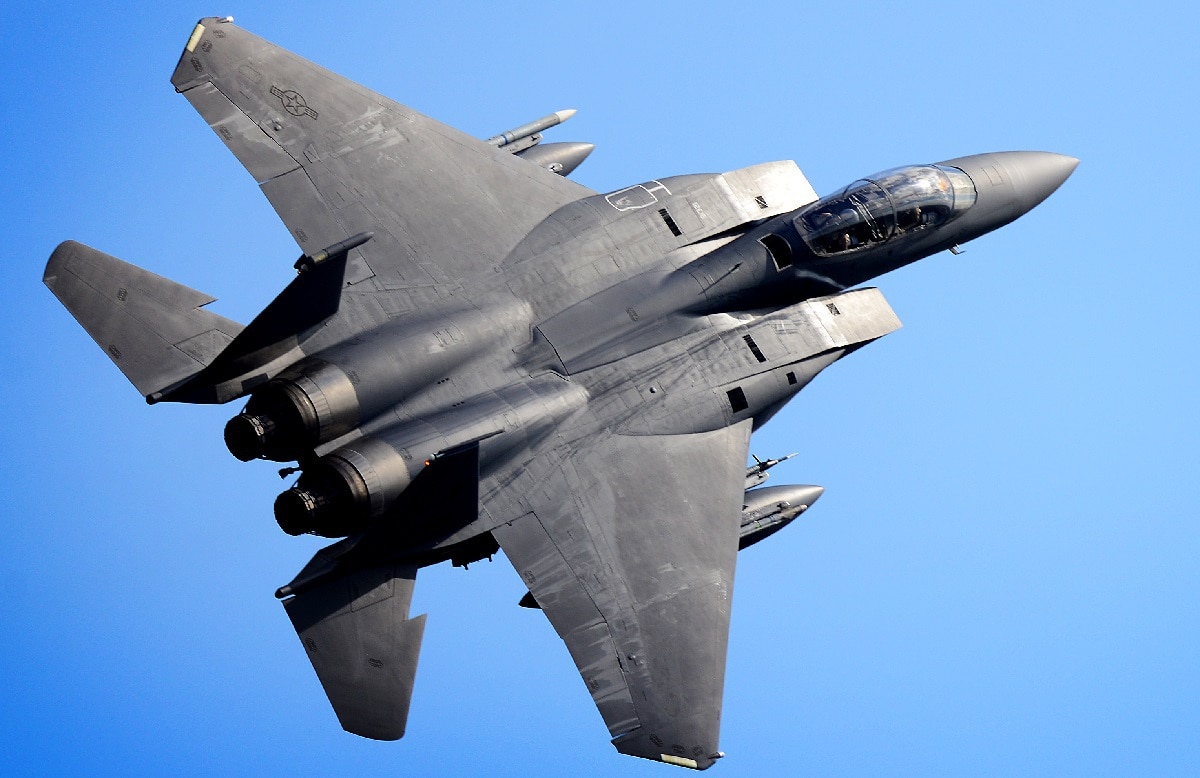The US Air Force wants to mothball over 200 aircraft in the coming year to free up funds for new technology and weapons, according to the service’s fiscal year 2022 budget request.
The Department of the Air Force’s latest budget request asks for $173.7 billion, which includes an increase in research, development, test, and evaluation funding but a decrease in funds for procurement.
Speaking to lawmakers about the Pentagon’s $715 budget proposal this week, Secretary of Defense Lloyd Austin said that the Department of Defense is making sure it is “focused on acquiring the right kinds of capabilities that we need to be relevant in the future fight.”
“That requires us to take a hard look with the services with capabilities that will not be relevant in a future fight and really begin to no longer invest in them,” he said.
For the Air Force, that means retiring a couple hundred planes, most of which are fighter and attack aircraft. Here is what could be headed to the boneyard.
A-10 Thunderbolt II

Distinguished by its 30mm GAU-8 Avenger rotary cannon, the A-10 is a ground-attack aircraft that has served the Air Force since the late 1970s.
The proposed cut would reduce the size of the A-10 fleet by 42 aircraft, from 281 to 239.
F-15C/D Eagle

An F-15E Strike Eagle from the 391st Expeditionary Fighter Squadron at Bagram Air Base, Afghanistan, launches heat decoys Dec. 15 during a close-air-support mission over Afghanistan. (U.S. Air Force photo/Staff Sgt. Aaron Allmon)
The F-15C/D fighters are proven combat aircraft, having never officially been shot down in air-to-air combat, but the average age of the jets is now almost 40 years.
The Air Force plans to cut 48 of these aircraft, which are steadily being replaced by the F-15EX Eagle II. The Air Force plans to buy 144 of the new variant.
F-16C/D Fighting Falcon

Image: Creative Commons.
The F-16C/D Fighting Falcon is a multirole and air superiority fighter. The proposed defense budget cuts 47 aircraft, bringing the overall size of the fleet down from 936 aircraft to 889.
The F-16, like the A-10, remains part of the Air Force’s vision of the future fleet, but the service is already considering replacements, which could be the F-35A. The service plans to buy about 50 of the fifth-generation stealth fighter in the coming fiscal year.
KC-135 Stratotanker
The KC-135 is an aerial-refueling tanker that has been in service since the late 1950s.
The Air Force has proposed scrapping 18 of these aircraft, reducing the size of the tanker fleet to 376 aircraft.
KC-10 Extender
The KC-10 is a newer aerial-refueling tanker that has been serving the Air Force since the 1980s.
The Air Force is planning to cut 14 of these aircraft, from 50 to 36, as it divests older tankers and invests in the new KC-46 Pegasus.
C-130 Hercules
The C-130H is a military transport aircraft able to move troops and cargo. The Air Force intends to retire 13 of these aircraft, which would leave the service with 128 aircraft.
The service also plans to acquire five C-130J Super Hercules aircraft.
E-8C Joint Surveillance Target Attack Radar System
The Air Force’s E-8 Joint STARS aircraft provide a variety of capabilities, including airborne battle management, reconnaissance, and command and control, giving it the ability to support attack operations through surveillance and targeting.
The service plans to cut four from its fleet of 16 planes.
RQ-4 Global Hawk
The RQ-4 is a remotely piloted high-altitude surveillance drone. The Air Force has 30 of these drones, but it plans to divest of 20.
Chairman of the Joint Chiefs of Staff Gen. Mark Milley told lawmakers Thursday that the budget proposal “is biasing the future over the present,” Defense News reported.
“We are trying right now to put down payments on investments that are going to pay huge dividends, five, 10, 15 years from now, for a future force that will be able to compete successfully with any adversary out there, to include China,” he said.

